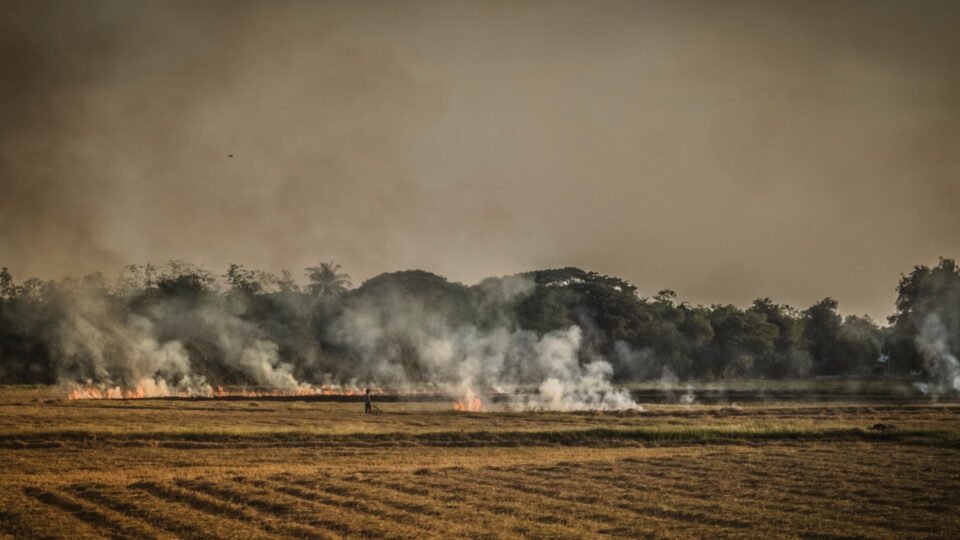On Friday, authorities in Chiang Mai issued orders allowing employees to work from home as the city’s PM2.5 smog levels reached nearly unheard-of heights.

Governor Nirat Pongsitthavorn of Chiang Mai stated in an urgent statement on Friday morning that employees who can operate remotely or online without affecting governmental services should be permitted to do so.
In the previous 24 hours, PM2.5 readings were reported to have ranged from 112 to 398 g/m3, according to the notice.
The World Health Organization (WHO) sets the safe threshold of PM2.5 at 12 g/m3, however Thailand has defined the safe level at 50 g/m3.
Ultra-fine PM2.5 dust can cause chronic ailments like lung and heart issues by penetrating deeply into the lungs.

On Friday, Chiang Mai once more topped the list of the world’s most polluting cities. According to the air quality monitoring website IQAir, PM2.5 levels in the northern city were 299.9 g/m3.
This number was four times greater than Karachi, which was ranked as the second-most polluted city in the world.
The biggest contributors to haze and fine dust air pollution in the north are believed to be forest fires and burning to clear fields. In recent weeks, satellite photographs have revealed thousands of flames raging over northern Thailand and the neighboring countries of Myanmar and Laos.
In order to lessen people’s exposure to outdoor air and traffic emissions, another source of air pollution in the province, the governor also advised business owners to think about allowing their workers to work from home on Friday.
Little children, expectant mothers, senior citizens, and those with ongoing medical conditions are among the groups of people who have been urged to stay indoors as much as possible.
According to the notification, public parks in locations with high air pollution readings should close to outdoor activities and childcare centers without dust-proof rooms should think about closing for one day.
As of 8am on Friday, the Air4Thai app from the Pollution Control Department recorded a PM2.5 level of 228 g/m3 in the Chiang Mai Muang district. Muang Na in the Chiang Dao district had a level of 288 g/m3, which was considerably higher.




